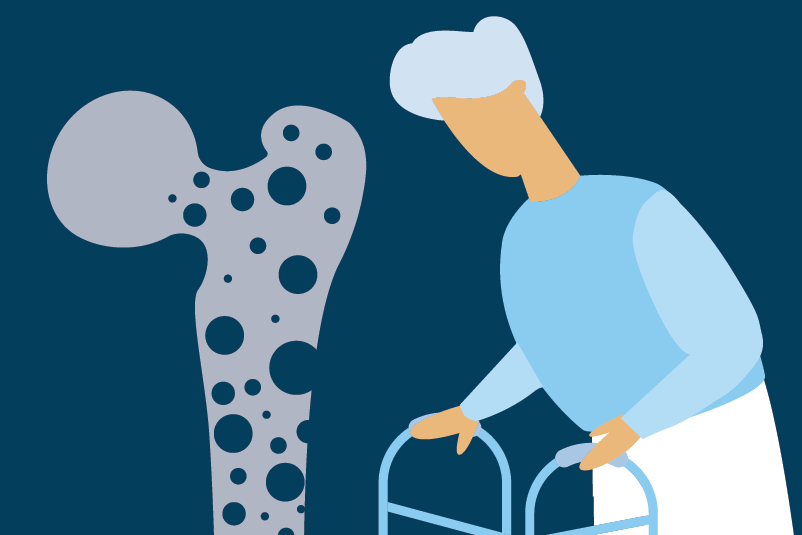#290 Needle in a Pain-Stack: Acupuncture for Chronic Low Back Pain

Reading Tools for Practice Article can earn you MainPro+ Credits
Join NowAlready a CFPCLearn Member? Log in
Focusing on recent systematic reviews (from 2016-2021), acupuncture versus control:
- Systematic review1 [8 randomized control trials (RCT): 4618 patients], reporting proportion of patients attaining meaningful pain reduction (generally ≥30% reduction in pain):
- 54% acupuncture versus 35% control, number needed to treat (NNT) 6 over 4-24 weeks.
- Benefit over control reduced when sham acupuncture procedures (5 RCTs, 1676 patients) used for control: 62% versus 57% control, NNT=20.
- No difference between groups when analyzing studies of longer duration (≥12 weeks, 2 RCTs, 3615 patients), lower risk of bias (4 RCTs, 1457 patients) or larger sample sizes (≥150 participants, 4 RCTs, 4311 patients).
- 54% acupuncture versus 35% control, number needed to treat (NNT) 6 over 4-24 weeks.
- Systematic review2 reporting change on 0-100 pain scale (lower is better), with baseline pain 66:
- Intermediate to long-term pain (at 120-365 days): Sham patients improved to 42 and acupuncture to 38, with acupuncture 4 better.
- Short-term pain (at 8-90 days): Acupuncture 10 points better than sham.
- Four other recent systematic reviews:
- Two found similar scale changes.3,4
- Two used standard mean difference which is difficult to interpret clinically.5,6
Limitations: Many systematic reviews on acupuncture include mixed acute/chronic back pain; multiple sites of pain reported together, and variable comparator arms.
- RCTs of acupuncture include differing interventions as the control: Education, waitlist, sham acupuncture, or placebo-TENS, etc. More credible sham controls may improve the success of blinding.7 The placebo/control effect is greater with sham control, resulting in less benefit for the acupuncture intervention compared to control.
- PEER simplified decision aid8 and pain calculator9 can assist with patient-informed decision-making for the management of chronic low back pain.







Good information
Acupuncture helpful on a short term basis only
Not Applicable